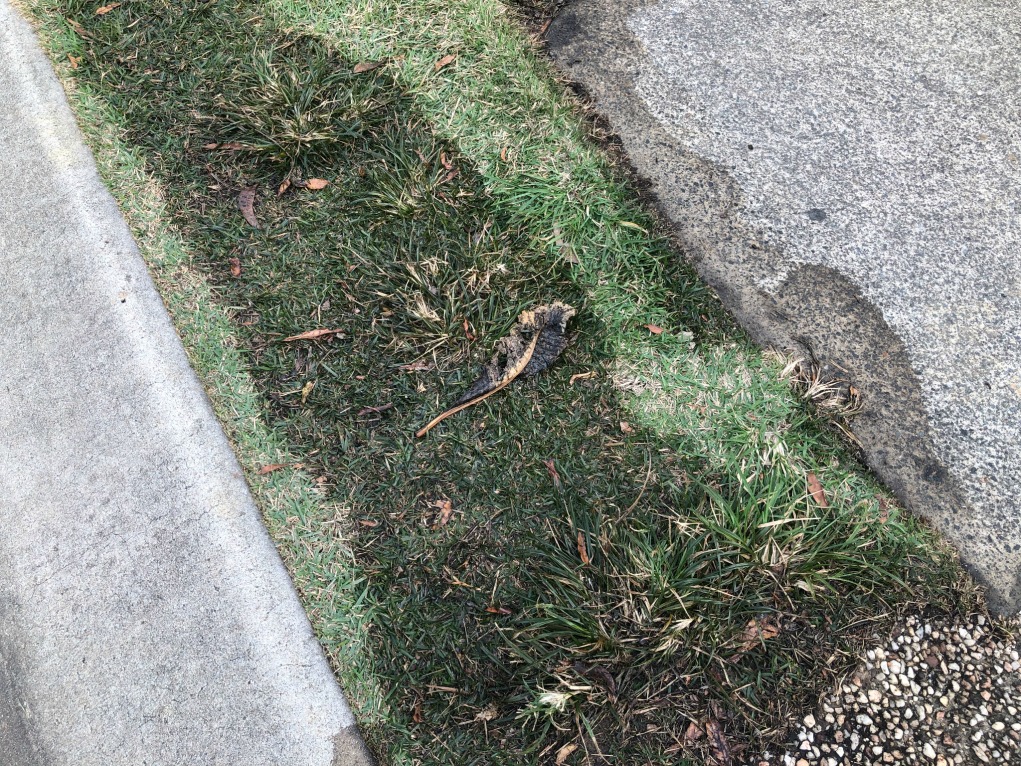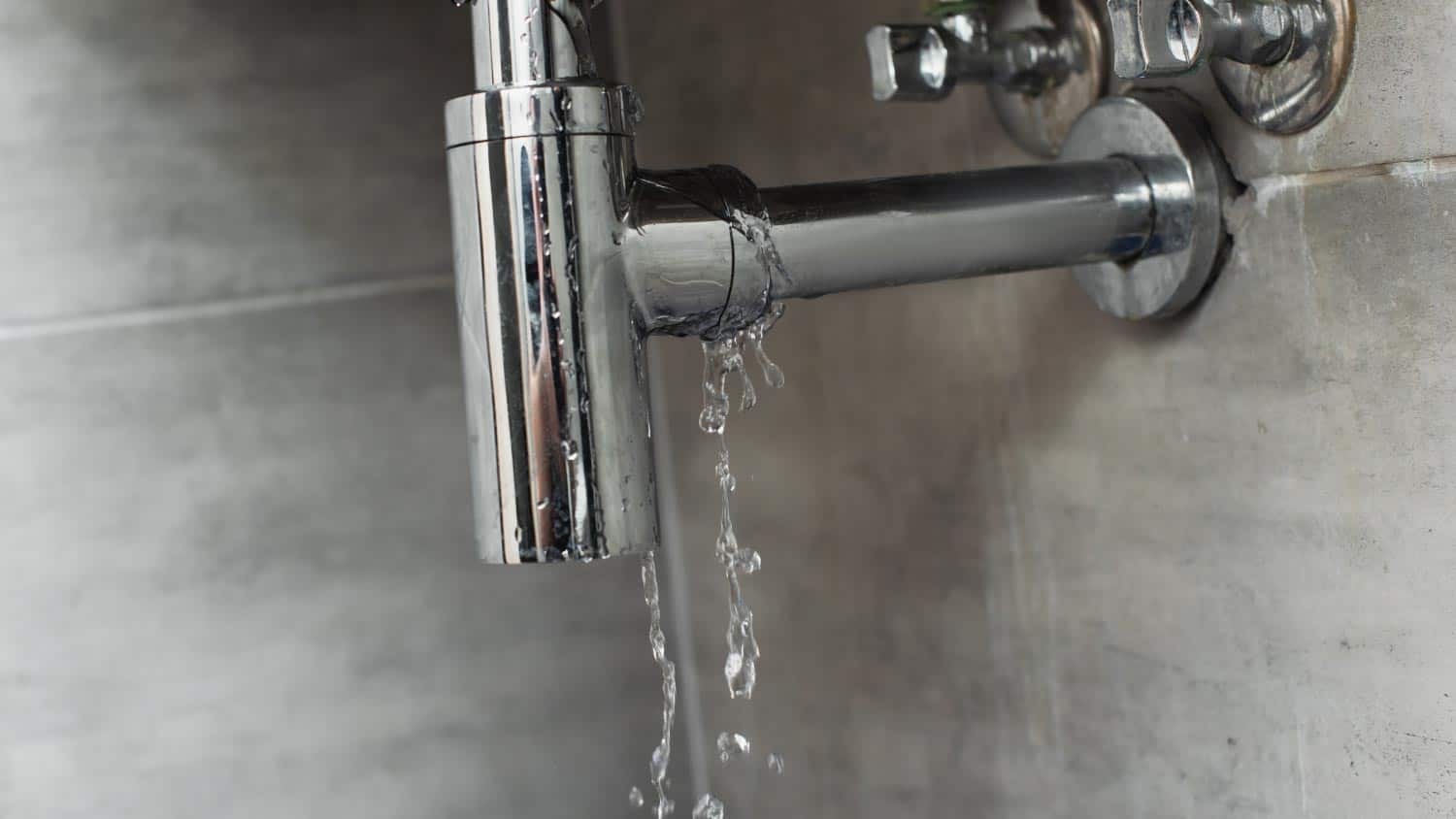Just how to Inspect If Your House Has a Covert Leak
Just how to Inspect If Your House Has a Covert Leak
Blog Article
The article author is making a number of good observations about Leaking water lines overall in the content directly below.

Early detection of dripping water lines can alleviate a potential catastrophe. In addition to conserving you cash, it will minimize the irritation and also stress. The minute you locate a leakage, calling your plumber for repair work is the most effective service. Some tiny water leakages might not be noticeable. If you can not spot it with your nude eyes, here are some hacks that help.
1. Analyze the Water Meter
Inspecting it is a proven means that helps you find leakages. If it relocates, that suggests a fast-moving leak. This implies you may have a slow leakage that can even be below ground.
2. Examine Water Usage
If you identify unexpected changes, despite your usage being the exact same, it implies that you have leaks in your plumbing system. A sudden spike in your expense suggests a fast-moving leak.
A steady rise every month, even with the same habits, reveals you have a sluggish leak that's additionally slowly rising. Call a plumber to completely check your home, especially if you really feel a warm location on your floor with piping underneath.
3. Do a Food Coloring Test
30% comes from bathrooms when it comes to water usage. Test to see if they are running effectively. Decrease specks of food color in the tank as well as wait 10 minutes. There's a leak between the tank and bowl if the color in some way infiltrates your bowl throughout that time without flushing.
4. Asses Outside Lines
Don't fail to remember to check your exterior water lines also. Needs to water permeate out of the link, you have a loose rubber gasket. One little leakage can squander lots of water as well as increase your water costs.
5. Examine the scenario as well as examine
Property owners must make it a routine to examine under the sink counters and even inside closets for any kind of bad odor or mold and mildew growth. These 2 red flags indicate a leak so timely focus is required. Doing regular examinations, even bi-annually, can save you from a significant trouble.
Much more notably, if you know your residence is already old, keep a watchful eye on your heating systems, pipes, pipelines etc. Check for discolorations as well as deteriorating as most home appliances as well as pipes have a life span. They will likewise normally degrade because of tear and also wear. Don't wait for it to escalate if you believe dripping water lines in your plumbing system. Call a professional plumber as soon as possible so you do not wind up with a dreadful mess in your home.
Early discovery of leaking water lines can mitigate a prospective calamity. Some small water leaks may not be noticeable. Inspecting it is a surefire method that aids you uncover leakages. One small leakage can squander loads of water and also spike your water costs.
If you suspect dripping water lines in your plumbing system, do not wait for it to escalate.
How to Know If Your Home Has a Hidden Leak
Water Meter Reveals Inexplicable Water Usage
If you’d like to test whether or not there’s a leak somewhere in your home, you can do this using your water meter. Here is how to conduct the test:
Don’t use any water in your home for at least 30 minutes; this also means not turning on faucets or water-using appliances.
Go outside, and check your water meter for activity.
If your water meter shows that there was activity, even though no one was using any water, this proves that there is a leak in your home.Visible Mold or Mildew Growth
Leaks behind walls create moist, dark environments that allow mold and mildew to grow and thrive. Eventually, you might see mold growth forming on the wall closest to a hidden leak.
If mold is growing in an area that receives a high amount of moisture, such as a bathroom, it may simply be an indication that better ventilation is needed. However, if you see mold growth on a wall or the ceiling in an area where you would not expect, you probably have a hidden leak.
Musty, Mildew Odor
Sometimes you might not be able to see the mold or mildew that is growing as a result of a leak. However, the smell can give the problem away just as easily. If you catch a whiff of something musty, there’s a good chance that old water is collecting somewhere in your home that you can’t see.
Stained/Warped Walls, Ceilings, or Floors
When your home soaks up water, a variety of red flags can become visible, including ceiling stains, bubbling drywall, warped walls, and sagging floors. While these issues can be caused by excess humidity, they can also be signs that a pipe or plumbing connection has started leaking behind your walls.
Inexplicably High Water Bill
After a while, you get a general sense for what your water bill should be. If you own a pool or sprinkler system, your bill will tend to be higher during summer. However, if you receive a water bill that seems especially high, and you can’t figure out what caused it, then you may have a hidden leak somewhere that’s increasing your bill.
https://www.plumbingjoint.com/blog/2019/july/how-to-know-if-your-home-has-a-hidden-leak/

I have been very interested in Leaking water lines and I'm hoping you enjoyed my piece. Appreciated our piece? Please share it. Help others check it out. We take joy in reading our article about Locating water leaks.
Report this page